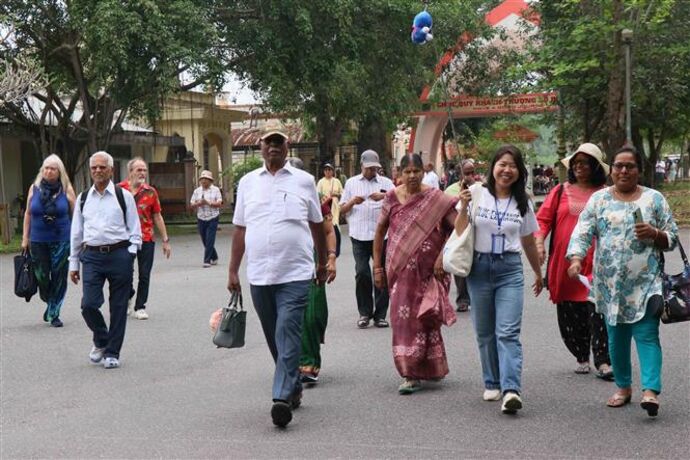For several days, fine particle air pollution has affected the Indian capital. The cause is emissions from road transportation and slash-and-burn agricultural activities carried out in winter.
New Delhi, one of the world’s largest urban areas, consistently ranks among the world’s most polluted cities. For several days, pollution levels in the Indian capital have risen rapidly: they are now 35 times higher than the maximum levels set by the World Health Organization (WHO).
The problem reaches its peak in early winter, around the Hindu festival of Diwali, which coincides with the weeks when tens of thousands of farmers in northern India burn rice stubble.
This practice is one of the main causes of the pollution that plagues Delhi every year and continues despite efforts by authorities to persuade farmers to use other land clearing methods and threats of punitive action.
Poisonous mist
The toxic haze, fueled by burning agricultural land, industrial emissions and road transport, remains stagnant in this megacity of 30 million people.
“When a bus drives in front of you, it feels like you are swallowing poison. In this season, pollution is hell. To not get sick, I eat more vegetables, it strengthens the body,” said Raj Kumar, a scooter driver, with Radio France International (RFI).
Other residents, who are more fortunate, have the means to better protect themselves against increasing pollution, as the RFI points out, such as Vikrant: “During peak pollution, I wear a mask, install an air purifier in my house, and I only travel in places closed. vehicle. Or I stay at home.”
On October 24, the particulate matter pollutant level was 306 AQI (Air Quality Index) in Delhi, according to data provided by the Indian government to BBC. This Friday, temperatures hovered around 480 AQI at several monitoring points in the city, Swiss air quality monitoring company IQAir told the British agency Reuters.
“Good air quality ranges from 0 to 50, while numbers above 300 are considered dangerous,” IQAir said.
The thick toxic clouds over Delhi can damage the lungs and cause many respiratory illnesses.
Last month, the city of Mumbai, India’s financial capital, also experienced a drastic decline in air quality, several times more than Delhi, British radio BBC reported.
School closed
This Friday, November 3, schools in the Indian capital were closed due to dangerous levels of air pollution, manifested in a yellowish and toxic haze, the authorities announced.
Delhi Chief Minister Arvind Kejriwal announced on Thursday evening that all primary schools in the capital would be closed for at least two days.
“In view of rising pollution levels, all government and private primary schools in Delhi will remain closed for the next two days,” Arvind Kejriwal announced on X (ex-Twitter).
Authorities regularly announce various plans to reduce pollution, in particular by stopping construction work, but these have not yielded results.
A study from The Lanceta British medical journal, published in 2020, attributed 1.67 million deaths, a year earlier, to air pollution in India, including nearly 17,500 deaths in the capital.
India relies heavily on coal for its energy production. The country has seen per capita emissions increase by 29% over the past seven years and is reluctant to implement policies to eliminate fossil fuel pollution.
Most read

“Twitter junkie. Hipster-friendly bacon expert. Beer ninja. Reader. Communicator. Explorer. Passionate alcohol geek.”







